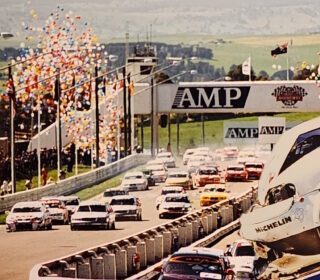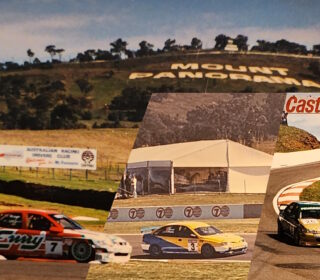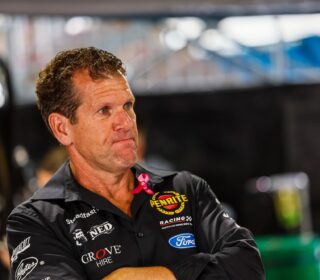Lucio Cesario: Australia’s Gilles Villeneuve
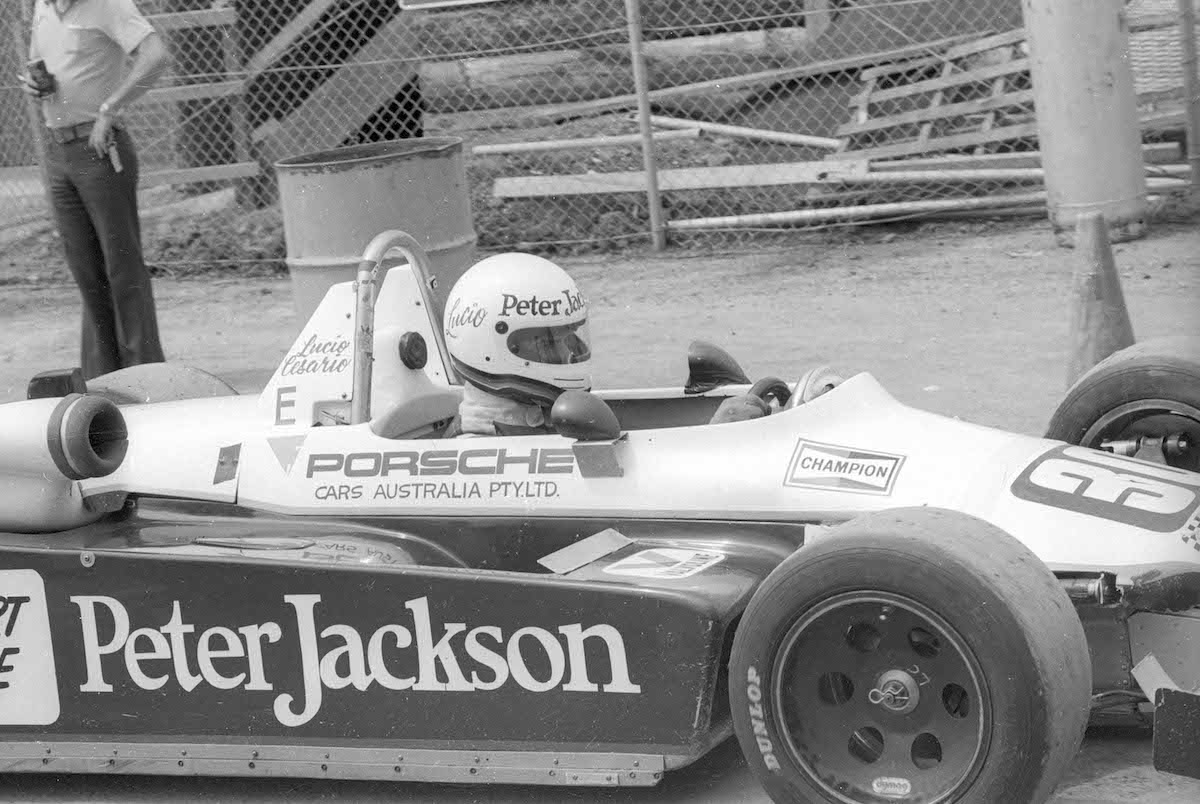
THIS is the remarkable story of Lucio Cesario, who went from obscurity in Australia to international racing in no time at all. DAVID SEGAL returns to TRT to document his meteoric rise – and wait for the twist at the end!
All images in this story have been supplied by the great team at an1images.com – purveyors of Australia’s largest motorsport photo archive, including gems like these. Thanks to the AN1 Images Team.
Cesare Fiorio had already selected his drivers for Lancia’s official factory assault on the 1985 World Sportscar Championship.
But the legendary Italian team manager respected the opinion of his friend Giorgio Stirano, founder and head of the Alba C2 category team, who had highly recommended the nervous young Australian now sitting in his Turin office.
Twenty-six year old Lucio Cesario had been racing for less than five years when he was granted an audience with Fiorio, at a time when he had just one World Sportscar Championship start to his name, for the Italian Alba team, in the Australian round of the sportscar series at Sandown, his local track, in 1984.
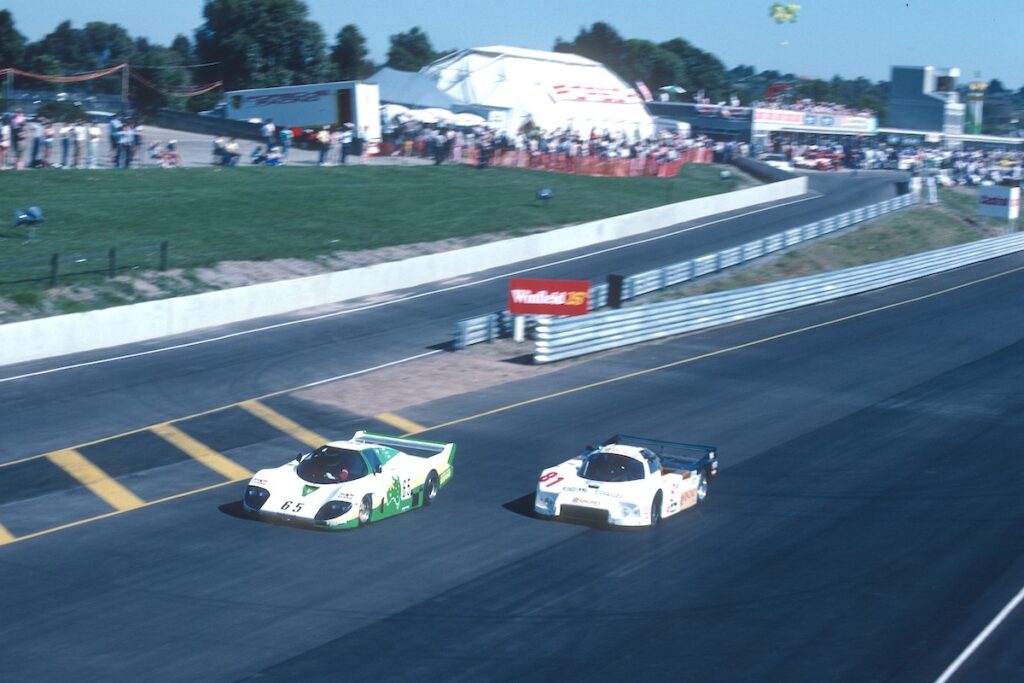
PHOTO: AN1Images.com / Dale Rodgers
Cesario’s performances in the Alba brought high praise from Stirano and Alba team financier/driver Martino Finotto, and thus this virtually unknown Italian-Australian was invited to meet with Cesare Fiorio, one of the sport’s most powerful people, at Lancia headquarters.
Lucio presented his credentials, which amounted to not much more than a scrapbook with cuttings of media coverage he’d received for his racing exploits in Australia, including one article from Auto Action which caught Fiorio’s eye.
Titled “Lucio Cesario: Australia’s Gilles Villeneuve” the story piqued the Lancia boss’ interest, more because the late Canadian Ferrari Formula 1 driver was a revered hero in Italy, as much as for what the story told about this quietly spoken antipodean.
To this day, Lucio credits that story – and specifically, probably the headline – with changing his life.
If a little reluctantly, and skeptically, Fiorio told Lucio to report to Monza the following morning where, by happy coincidence, the Lancia factory team was conducting a pre-season test of its latest Ferrari-engined LC2 racer. If there was time, Cesario was to be given a handful of laps.
In the best traditions of ‘unknown hits the big time’ sports stories the world over, Lucio duly delivered. In a car he’d never even sat in before, let alone driven, on a track he’d never seen before, let alone lapped, Cesario was fast. Very fast.
So fast, in fact, that the slightly incredulous Fiorio could no longer ignore the talents of this quietly spoken Australian, and after an 11 lap stint in the LC2 at Monza – in which he’d lapped within a second of the team’s big name Formula 1 drivers – Cesario was told to return to Fiorio’s office the following day.
There, Fiorio offered Lucio a two-year contract as a reserve driver with the Lancia World Championship factory team!
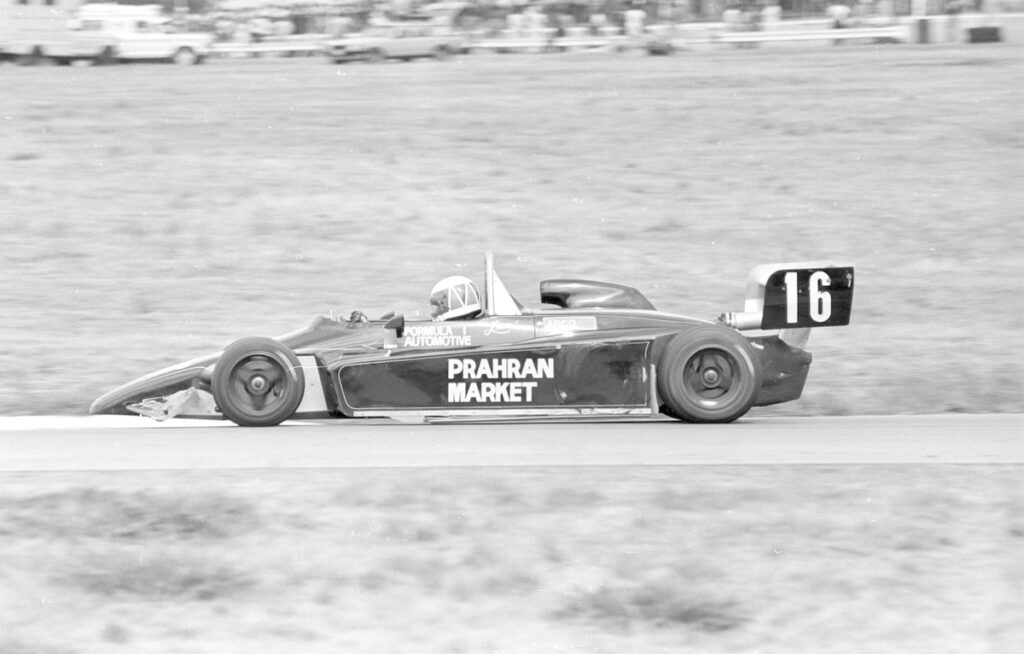
PHOTO: AN1Images / Dale Rodgers
Needless to say, the slightly bewildered Cesario couldn’t sign fast enough, and he quickly moved to Italy, living with relatives in the town of Fossa where no-one spoke English, fully committing to the incredible opportunity Lancia had presented him.
Barely heard of in his home country let alone in Europe, Lucio’s unexpected signing made big news in Italy, with the sports newspaper Gazzetta – widely read throughout the country – reprinting the now infamous ‘Australia’s Gilles Villeneuve’ headline.
With Formula 1 stars Riccardo Patrese and Alessandro Nannini already on Lancia’s world championship driving roster, not to mention sports car legend Bob Wollek, and Italian Mauro Baldi, seat time was always going to be at a premium for this last-minute signing.
Lucio did share the Lancia LC2 with Wollek and Nannini to 6th at Le Mans, and again with the latter at Fuji before the race was stopped when the pair were leading, due to monsoonal rains. Those two race starts aside, his first season with the Italian team was mostly about testing.
And then, suddenly, it was over.
Lancia pulled the pin on its full factory program at the end of 1985, then in a half-hearted effort initially ran just one car in early 1986, before withdrawing completely after only two races.
Cut loose, Cesario returned home to consider his next move.
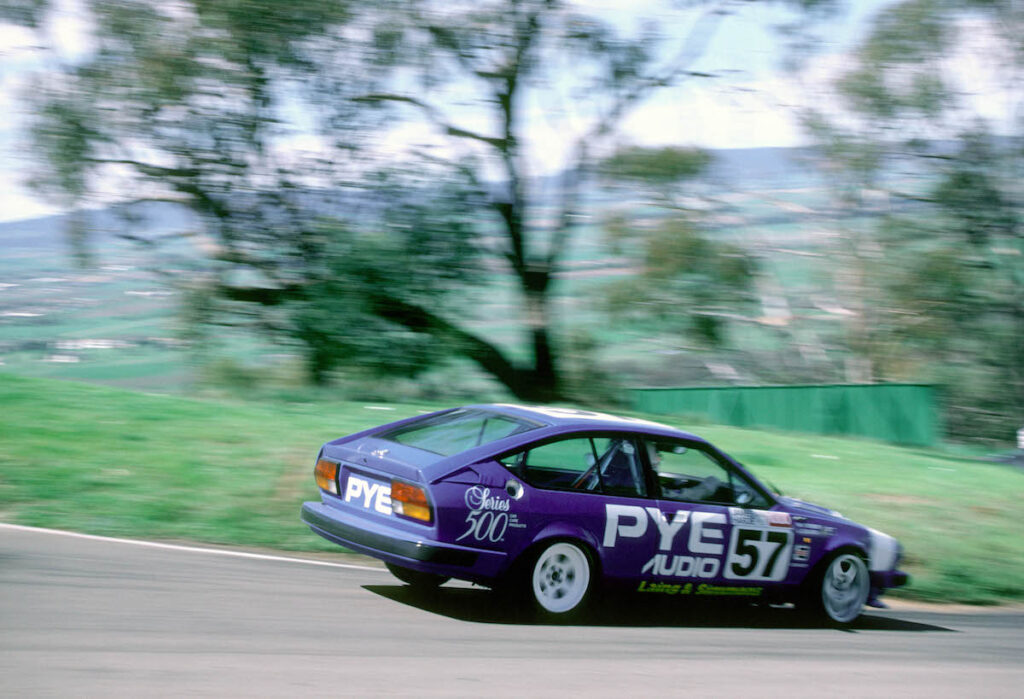
PHOTO: AN1Images.com / Dale Rodgers
That came in the form of an offer from Colin Bond to co-drive one of his Alfa Romeo GTV6s at Bathurst that year, sharing with former yachtsman Warwick Rooklyn. Twelve months on, Cesario was back with Bond’s team, this time co-driving the former Bathurst winner’s Alfa Romeo 75 turbo.
And that’s where it all finally unraveled.
By his own admission, Cesario made a mistake at the top of the mountain and crashed heavily, in doing so creating Australian motor racing history by instigating the first ever incident to bring out a Safety Car at Bathurst.
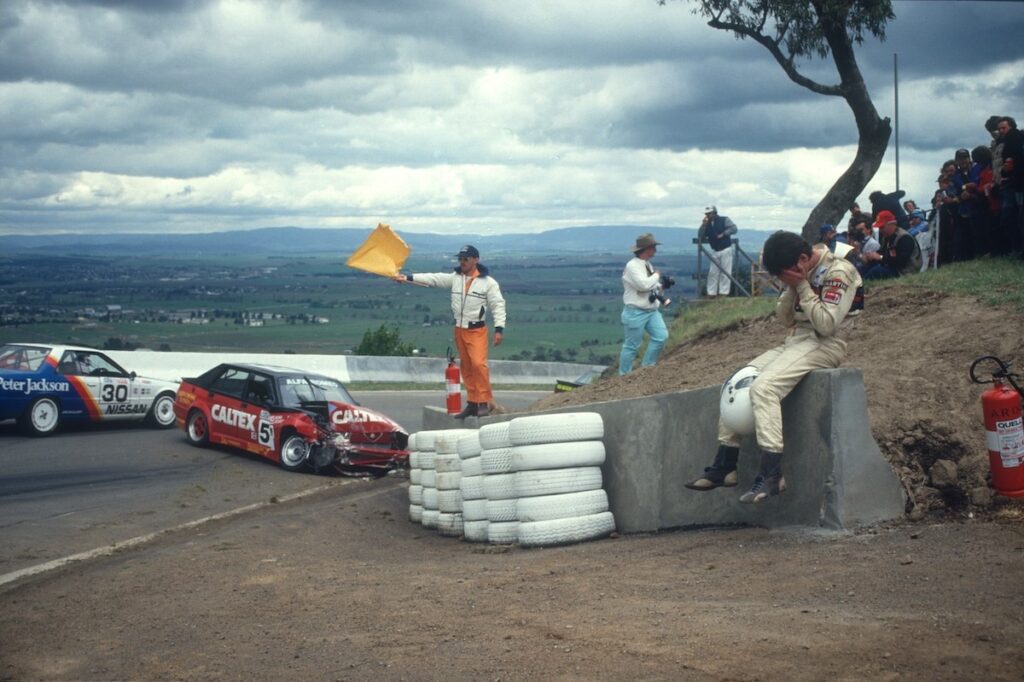
PHOTO: AN1Images.com / Graeme Neander
He walked away from the sport.
Since then, Lucio has returned sporadically in historics, racing a Ralt RT21 Formula Holden open wheeler. Day-to-day, he buys and sells – mainly Italian – collector cars, hires cars out to movie productions, and recently restored the Abarth Simca 1300GT raced by his father Gay in Australia in the ‘60s.
Lucio remembers as a child being packed into the tiny Abarth with his parents and two siblings, driving from Rome to Naples, as the racer was delivered to the docks for its sea voyage to Australia.
Gay’s regular appearances in the Abarth Simca and later Fiat 124 Abarth sports car inspired the young Lucio, who when not paying much attention at school, spent his days at the family garage, Cesario Motors in Fairfield (Melbourne).
Diving in the deep end, Lucio made his motor racing debut in a Cheetah Mk6 Formula 2 car, at a Calder club meeting in 1980.
The second-generation Cesario was instantly fast, and wild. As a spectator that day, I was captivated by the speed of the tatty red Cheetah and its unknown driver, who simply blew the field away.
Afterwards, I sought out the newcomer, who turned out not to be a brash, confident, big talking would-be champion but a quietly spoken, almost shy Italian-Australian. It began a friendship between us which continues to this day.
Lucio’s was one of Australian motor sport’s most extraordinary careers, one that took him from his first-ever race to the Lancia World Sportscar Championship team in less than five years …
In Australia, though, Lucio was received with some suspicion.
On track, Cesario was blindingly fast and very aggressive, and in an era where young drivers were supposed to cede to their more experienced rivals and weren’t given opportunities to excel anyway, Lucio’s commitment wasn’t winning him any friends.
And off track, too, his aloofness was widely thought to be arrogance when in fact it was nothing more than shyness. If he was overly confident in the car, he was less so out of the car.
Having said that, along that incredibly short career journey in Australia, Cesario did receive an unprecedented invitation to join Allan Moffat’s Mazda RX7 team at Bathurst for 1982.
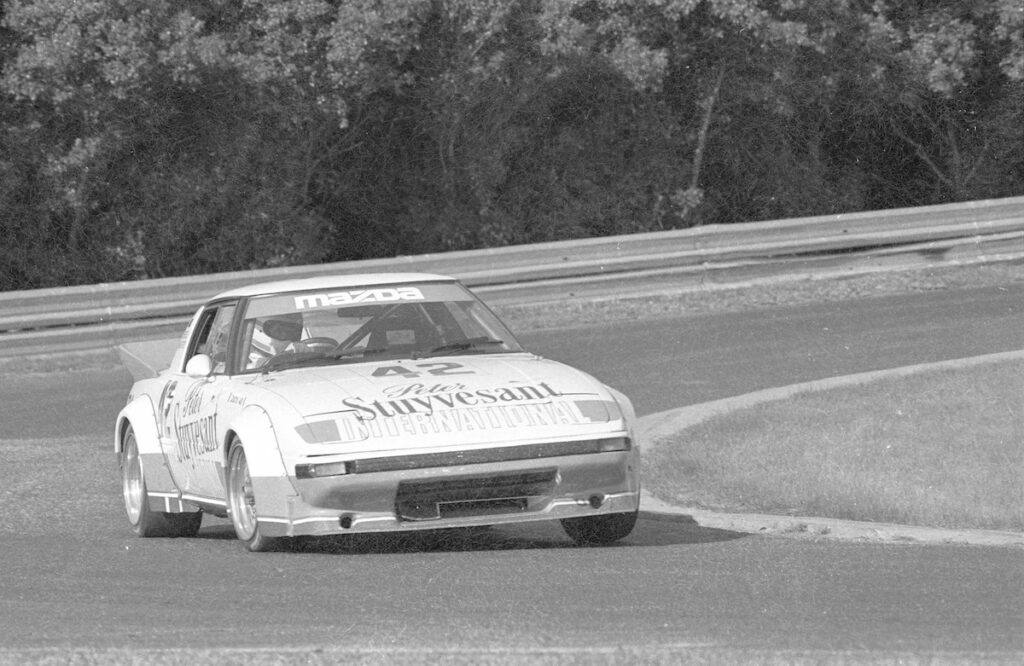
PHOTO: AN1Images.com / Ian Smith
It was barely 18 months after he’d started racing!
Unfortunately, that opportunity also ended badly when, after co-driver Gregg Hansford crashed in practice, Lucio did the same and an annoyed Moffat withdrew the RX7, even though damage was restricted to the suspension. Cesario was home in Melbourne even before the race started.
That year Cesario had been winning everything in Formula 2, now racing the Ralt RT3 that importer Graham Watson had run most of the season before, and in doing so Lucio captured the 1982 Australian title.
It was those performances that prompted me, as a journalist for Auto Action at the time, to write the story titled: “Lucio Cesario: Australia’s Gilles Villeneuve”.
Little did I realise it would lead Lucio where it did, and to a unique claim to fame in the sport that will never be equalled: the only Australian ever to drive for the official Lancia factory team.
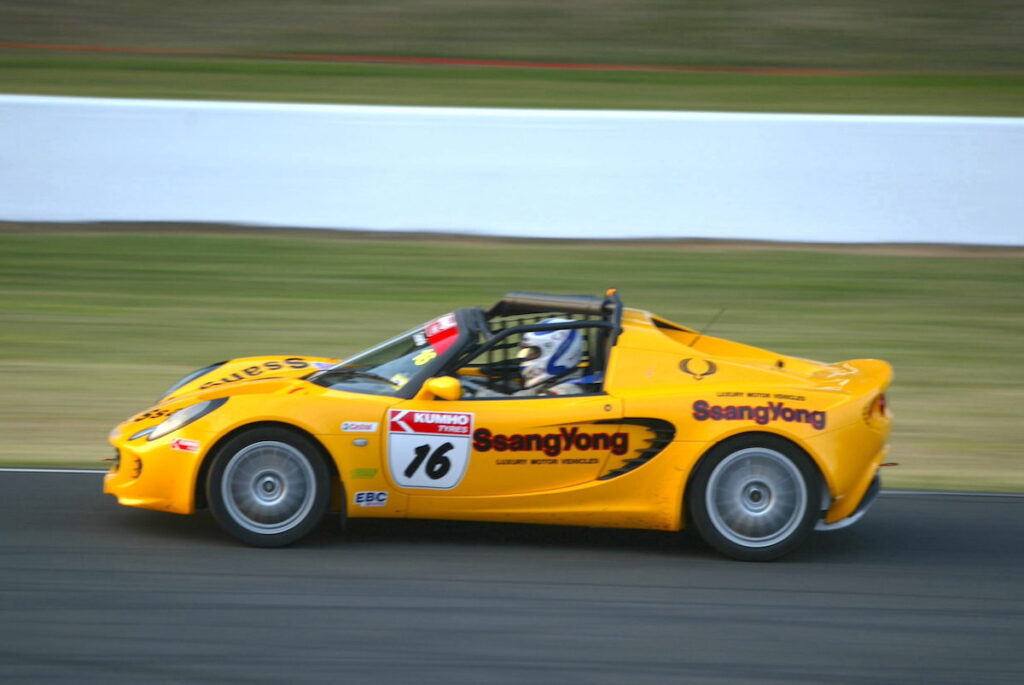
PHOTO: AN1Images.com



